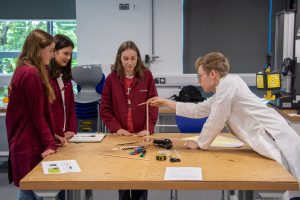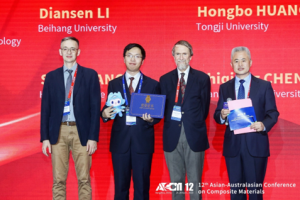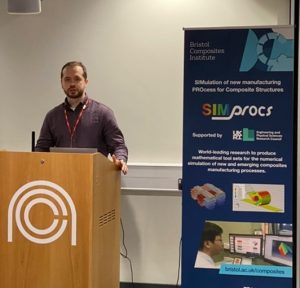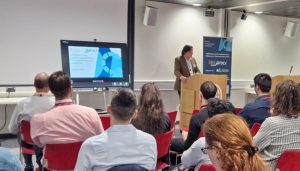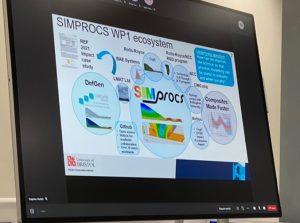On a mostly sunny Saturday 17th and Sunday 18th June an excited and enthusiastic team including several UG and Composites Cosem CDT students, numerous researchers, two Professors and a Project Manager delivered a hugely popular composites-focused interactive stand at the BNHC organised Festival of Nature “Wild Weekend”.
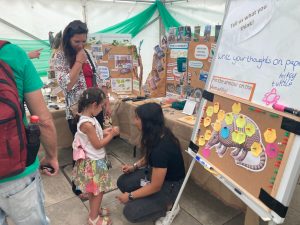
An incredibly busy Millennium Square, checkered with multiple marquees, became the hub of many fascinating nature-related discoveries. Large numbers of people attended the two-day event, from all walks of life to engage with the different activities.
The NextCOMP “Woodpeckers and Wind Turbines: How nature inspires novel materials” stand attracted a lot of attention, with visitors keen to uncover facts about and vote for their favourite “Composite Creatures” (Spoiler: it was the armadillo). Visitors enjoyed interacting with artefacts such as bamboo, shells, and natural fibres as well as some manmade carbon fibres and plies. A timeline of composites through the ages introduced visitors to the many ways humans have been harnessing the power of composites since their inception to their multiple uses in society today.
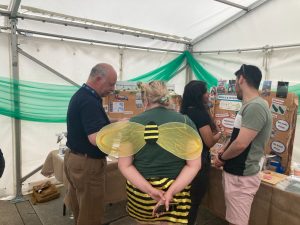
The “NextCOMP Crusher” was in constant use, with visitors all vying to create the strongest composite they could make from a jelly beam and using just two strands of pasta for reinforcement. Once constructed, attendees of all ages tested their jelly/pasta composite by applying weights until failure. This year’s Festival of Nature saw the record broken, with a massive 1kg being achieved!
Supported by our fantastic University of Bristol Public Engagement colleagues, it was a brilliant opportunity to meet and converse with curious and engaged local people.
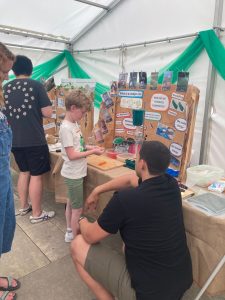
NextCOMP’s Prof Richard Trask said “What an amazing positive outreach event to engage with all ages. The Festival of Nature brings wonderful conversations around the benefits of fibre reinforced composites for society now and what we need to do for a more sustainable future. Who can resist the composite crusher – a simple test, and yet both the ‘established’ and ‘budding’ engineers and scientists are all vying to do the impossible… create a structural composite from jelly and spaghetti! Cracking fun.”
Team members involved were: Cameron Woodgate, Lucas Lu, Joe Rifai, Bohao Zhang, Ian Lee, Laura Pickard, Aree Tongloet, Xun Wu, Jo Gildersleve, Ian Hamerton and Richard Trask.
NextCOMP is an EPSRC funded Programme Grant UKRI EPSRC EP/T011653/1 and for more details of the Programme and the other activities the team get involved in see the NextCOMP website
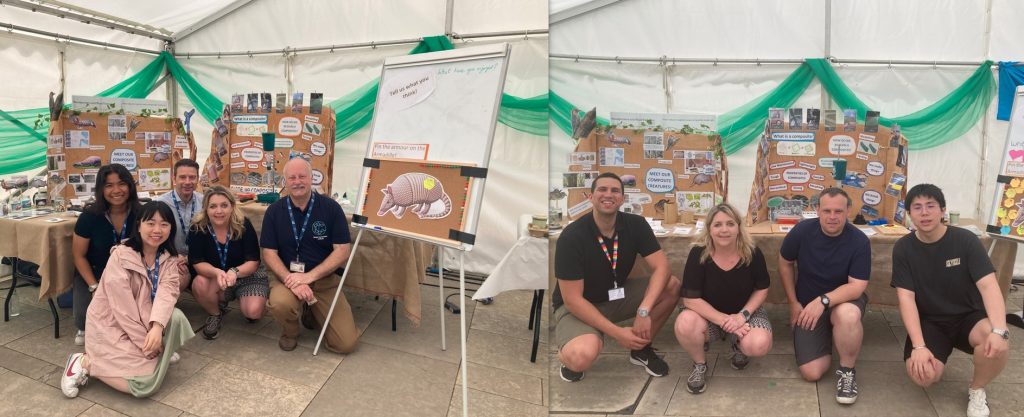

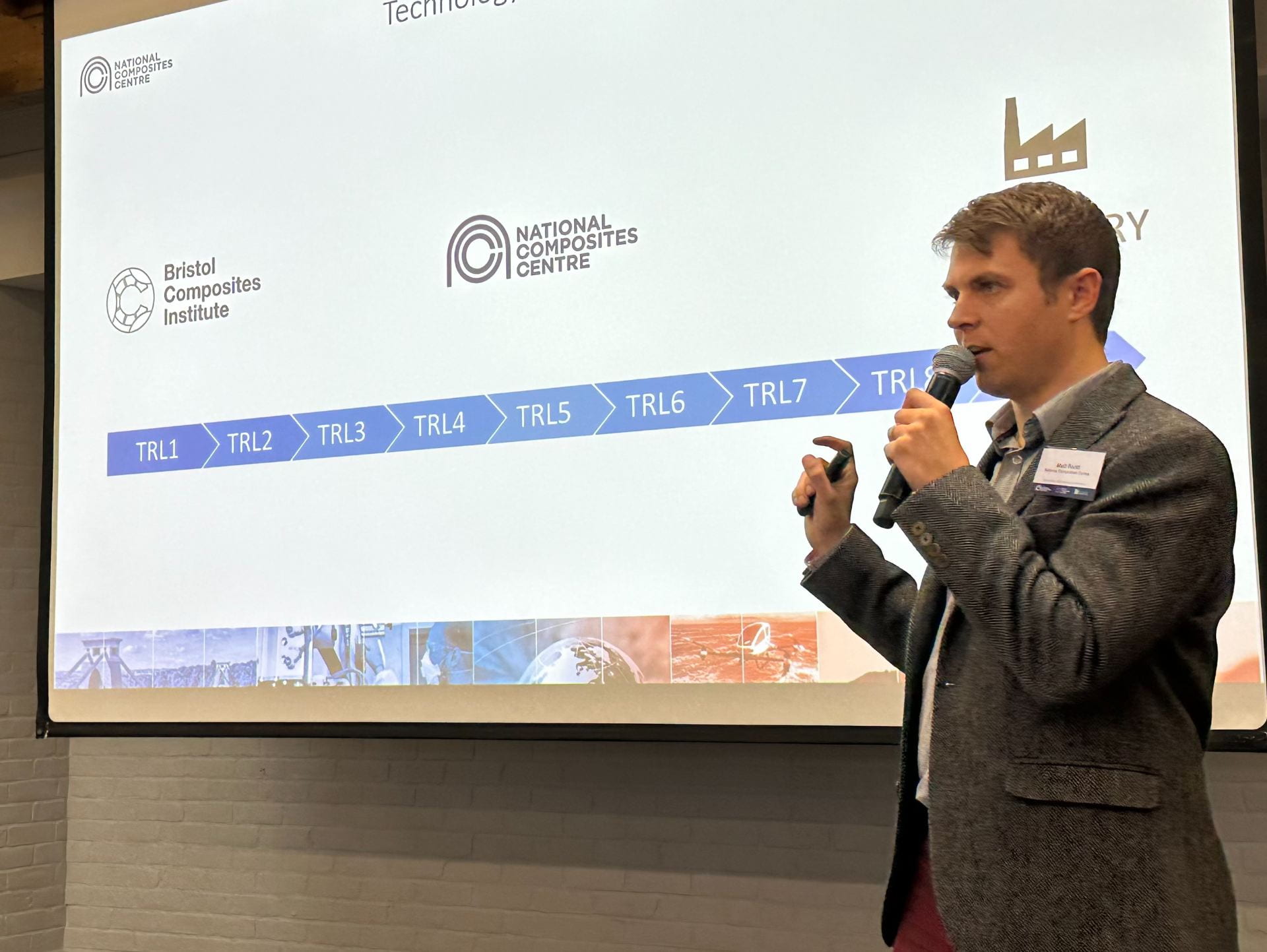
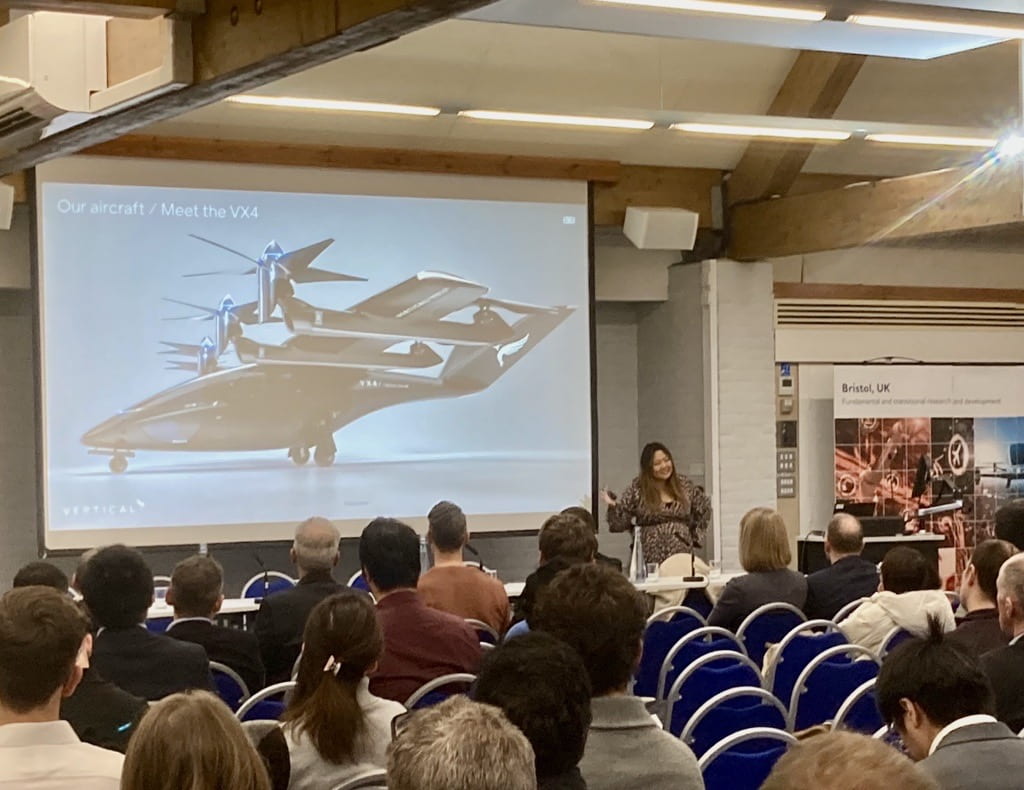
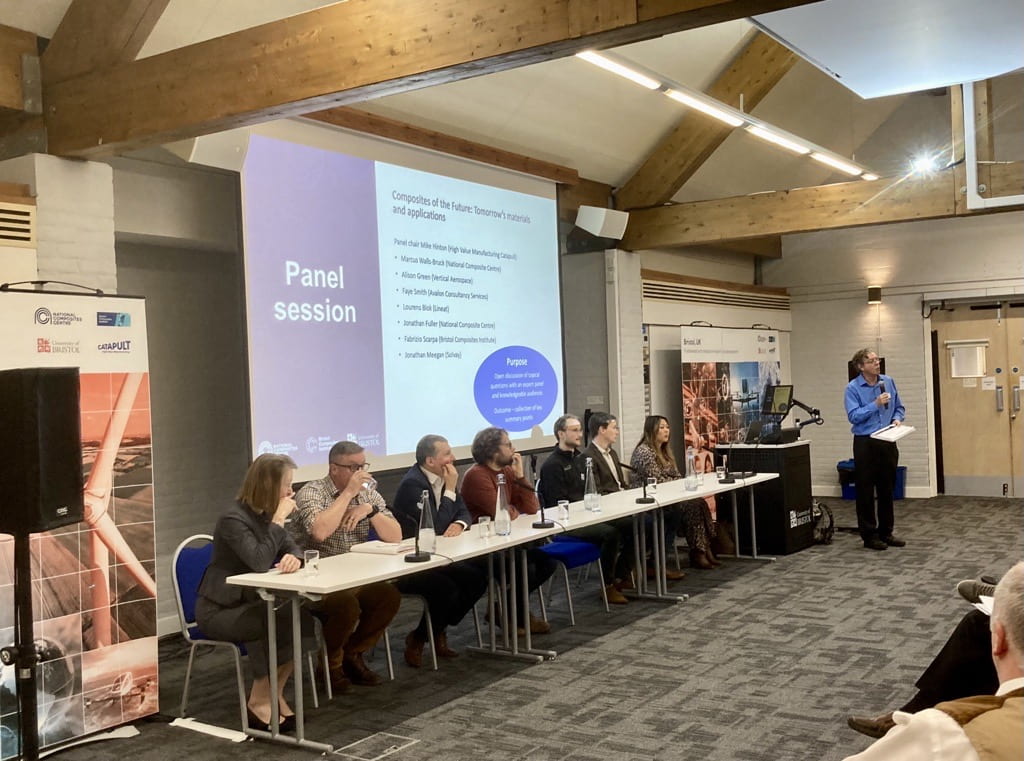
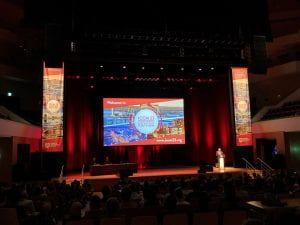
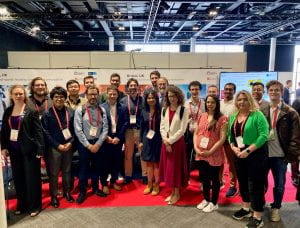
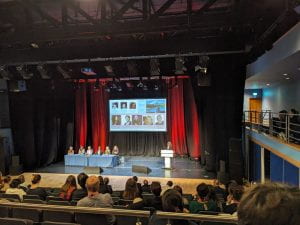

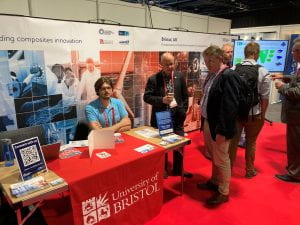
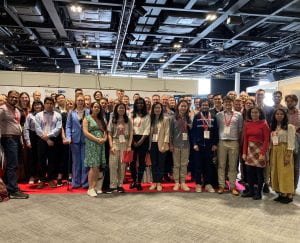
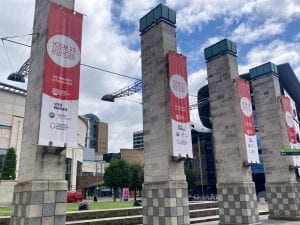




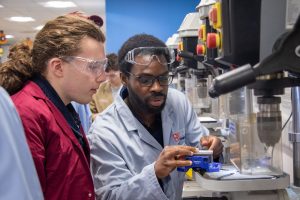
 The pupils also used the pillar drills and laser cutter to create keychains that they could take home with them. Each pupil was also given the opportunity to spend time on the flight simulator, which was widely praised by the pupils.
The pupils also used the pillar drills and laser cutter to create keychains that they could take home with them. Each pupil was also given the opportunity to spend time on the flight simulator, which was widely praised by the pupils.